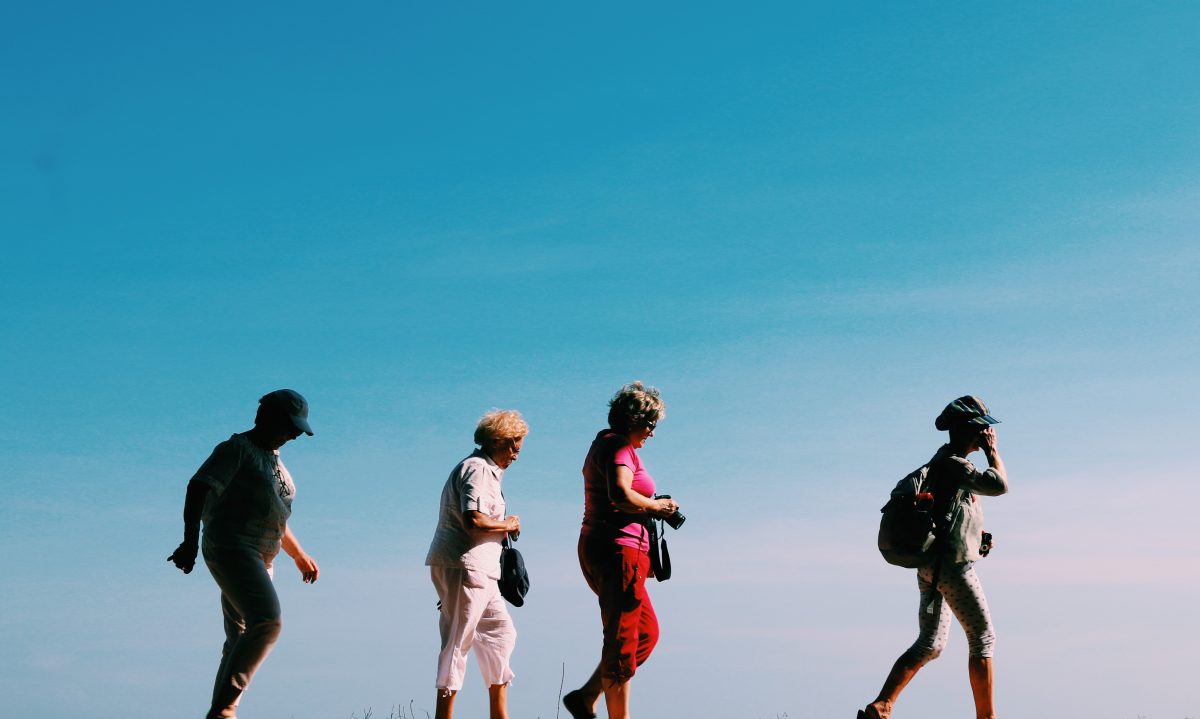Rainbow Community for Elder Queers

Intersectionality, accessibility, and squashing the sexist, patriarchal norms through queer…
Growing old with grace, that’s the hope we all have for ourselves and the ones we care for most. Yet, as a person who identifies as LGBTQ, the vision of a long, full life of being out and proud can feel a little less clear than that of our heterosexual counterparts.
The culture of this American life does not embrace age with warmth and adoration; more often than not, it can be isolating and lonely as youth charges away with its energy and luster. Though television and film has depicted a variety of aged individuals and has provided a window into both independent and group living for elders, we don’t have a lot of examples of what community looks like for an elder queer person. That may soon change, however, as there is now a town in North Carolina that is expanding options for folks who desire community and camaraderie in an LGBTQ safe space.
Currently under construction in Durham and opening in the spring of 2020, Village Hearth Senior Cohousing will be the first LGBTQ senior housing community in North America. The 15-acre wooded lot will hold 28 single-story structures that offer a variety of traditional co-housing features such as common kitchens, dining and meeting rooms, and sitting areas and lounge spots to mingle and socialize.
Queer seniors often face more barriers to community as they age, and some are known to go back in the closet for fear of hatred or discrimination in healthcare and nursing facilities, according to Village Hearth. This is why building a rainbow dream community is not only desired but so necessary.
“We want to be able to live comfortably as ourselves without having to hide any aspect of ourselves,” said founding member of Village Hearth Pat McAulay.
Co-housing offers a unique combination of both independent living and community, as each individual has private space for sleeping yet shares the majority of the remainder of the structure and grounds. In addition to sharing space, these communities are considered to be “intentional living,” where a certain amount of group activity and engagement is not only an expectation but is desired by each person living there.
Decision-making in co-housing communities varies from each community and is often based on forming a consensus between residents. Even details like financials, sharing meals, and inviting guests over can be vastly different from one co-housing community to the next.
The notion of co-housing and co-living is becoming vastly more popular in different parts of the country, though is has been a practice in many parts of the world for centuries, and landmark locations like Denmark have established this practice as a cultural norm. Growing older together in community is not only good for maximizing space and resources, it is good for the soul.
Social isolation and loneliness are considered a health risks and an agent in cognitive decline, depression, and heart disease and can be one of the major factors for a shortened life expectancy, according to the National Institute of Aging. According to their research on aging, people who engage in meaningful, productive activities with others tend to live longer, boost their mood, and have a sense of purpose.
Paving the way for elders to continue their life journey with a supportive community while being out and proud, Village Hearth is, at its core, providing safety for those with similar life experiences and goals for the future.
“In New York, there was this pride about not knowing your neighbor, but now it’s time to not only have neighbors, but to know them. To be among people who care about you,” said founding Village Hearth community member Christopher Ross.
To learn more about Village Hearth and housing opportunities, check out their site at villagehearthcohousing.com.
What's Your Reaction?
Intersectionality, accessibility, and squashing the sexist, patriarchal norms through queer pearls of wishful wisdom.










